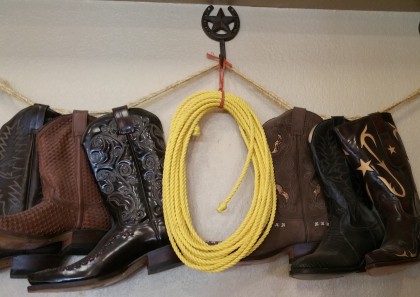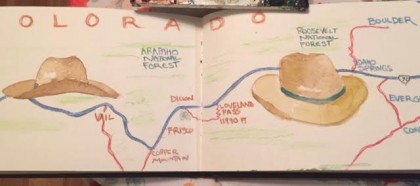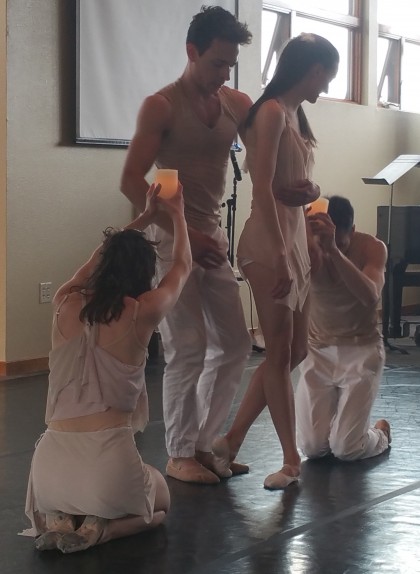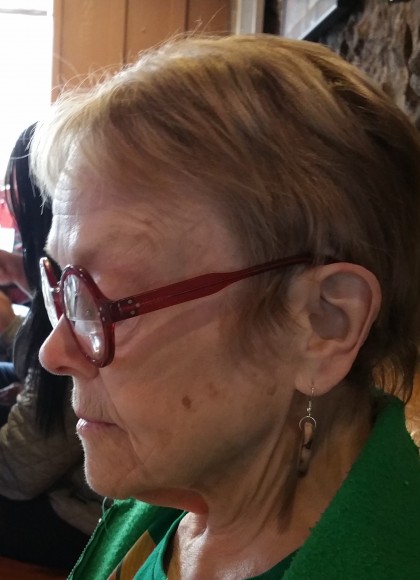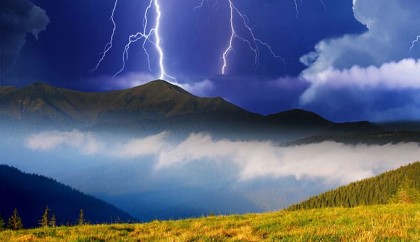Lughnasa Monsoon Moon
 Now that I’m back from Minnesota and September 5th is less than a month away it’s time to focus on lesson plans. Again. Still. Alan Rubin sent me a template with examples of his lesson plans and I’ve finished three in an idiosyncratic format which I will, today, transfer to the CBE lesson plan model. Still several more to create and then weave together with the B’nai Mitzvah curriculum. 22 sessions altogether, though not all will require lesson plans. This work is a priority until Alan and I feel comfortable with what we have.
Now that I’m back from Minnesota and September 5th is less than a month away it’s time to focus on lesson plans. Again. Still. Alan Rubin sent me a template with examples of his lesson plans and I’ve finished three in an idiosyncratic format which I will, today, transfer to the CBE lesson plan model. Still several more to create and then weave together with the B’nai Mitzvah curriculum. 22 sessions altogether, though not all will require lesson plans. This work is a priority until Alan and I feel comfortable with what we have.
On October 7th I will start the first of 8 First Sunday Jewish Studies Samplers. On Wednesday night when we went in for the MVP group we saw the new that day bookshelves and fire place that will frame a large screen, internet connected TV. With chairs and couches arrayed around it, this will be a spot in the synagogue for group use of online courses, lectures from companies like the Teaching Company, webinars or films. I’ll get a chance to use this new space for the exact purpose for which it’s intended. Each Sunday I’ll have discussion questions ready so attendees can sample not only the lectures, but the group learning possible through their use.
 Meanwhile I’ll keep working on submissions, a hump I’ve gotten over, and writing itself. Jennie’s Dead still has a ways to go, maybe 30,000 words, and other manuscripts, both novels and short stories that need further editing/revision.
Meanwhile I’ll keep working on submissions, a hump I’ve gotten over, and writing itself. Jennie’s Dead still has a ways to go, maybe 30,000 words, and other manuscripts, both novels and short stories that need further editing/revision.
The next project after Jennie’s Dead, a novel retelling the story of Medea, keeps pushing its way forward and I look forward to a chance to get to work on it. Maybe in 2019. Lot of reading to do before then. I want to read as many variations on her story as I can find. Part of the story is the search for the golden fleece, with Jason, her lover, and his Argonauts.
 This constitutes the work portion of my schedule through May of 2019 and, with Medea, beyond.
This constitutes the work portion of my schedule through May of 2019 and, with Medea, beyond.
Here at home I still have trees to buck, logs to split and stack, a few smaller trees to fell and another round of stump grinding to organize. There are inside projects of various sorts, too. Cooking and laundry as well. Workouts. Sumi-e. Probably a return to Latin translation, too, since I’ve not completed translating Medea’s story in Ovid.

